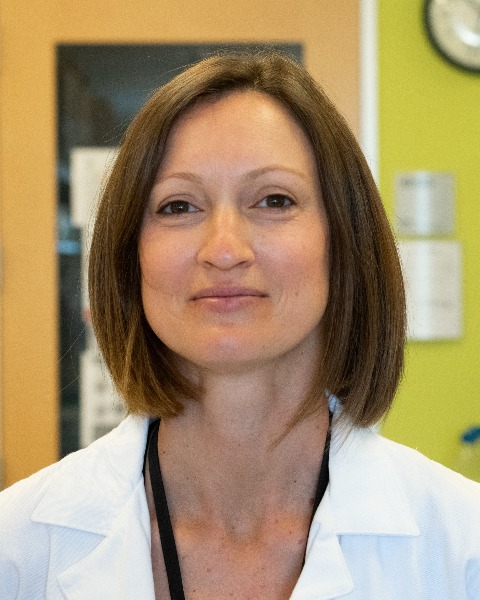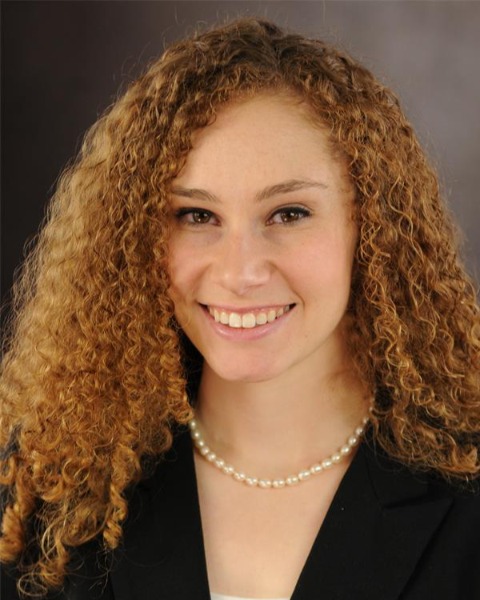Epidemiology
Poster Session 1
(339) An Evolving Epidemic: Xylazine Incidence in Opioid-Positive Drug Screens in an Inpatient Pregnant Population

Cassandra Trammel, MBA, MD (she/her/hers)
Fellow
Washington University in St.Louis
St. Louis, MO, United States- VA
Vahid Azimi, MD, MS
Washington University School of Medicine in St. Louis
St. Louis, MO, United States 
Nandini Raghuraman, MD MSCI (she/her/hers)
Assistant Professor
Washington University School of Medicine in St. Louis
St. Louis, Missouri, United States
Ebony B. Carter, MD, MPH (she/her/hers)
Associate Professor; Director, Division of Maternal Fetal Medicine
University of North Carolina at Chapel Hill
Chapel Hill, NC, United States
Antonina I. Frolova, MD, PhD (she/her/hers)
Assistant Professor
Washington University School of Medicine in St. Louis
St. Louis, MO, United States
Anthony O. Odibo, MD (he/him/his)
Professor
Washington University School of Medicine in St. Louis
St. Louis, MO, United States
Megan L. Lawlor, MD
Washington University School of Medicine in St. Louis
St. Louis, MO, United States- JK
Jeannie C. Kelly, MD, FACOG, MS
Associate Professor
Washington University School of Medicine in St. Louis, Barnes Jewish Hospital
St. Louis, MO, United States
Primary & Presenting Author(s)
Coauthor(s)
Opioid use disorder (OUD) is associated with significant maternal morbidity. Recent reports have highlighted the rise of xylazine, a non-opioid veterinary sedative, in the nonprescribed fentanyl supply. Outside of pregnancy, complications of xylazine exposure may include naloxone-refractory respiratory depression, prolonged loss of consciousness, and skin ulcers. The frequency with which pregnant patients with opioid use disorder are exposed has not been characterized. We sought to describe the incidence of xylazine detected in urine drug screens (UDS) from obstetric patients admitted to a labor unit.
Study Design: We performed a cross sectional study of all UDS results from an inpatient obstetric unit at an urban tertiary care center from December 2022, when xylazine was added to the detection panel, through July 2023. Urine drug screening is performed based on verbal screening of all admitted patients. The trend of opioid-positive urine drug screens also positive for xylazine from December to July was measured with the Cochran-Armitage test.
Results: Of 138 UDS sent, 98 (71%) were positive for nonprescribed substances. Of positive UDS, 36 (37%) were positive for nonprescribed opioids, and of these, 16 (44%) were positive for xylazine. The trend of UDS positive for opioids that are also positive for xylazine increased significantly over time (Figure 1, p=0.009), from 0% in the first month to 100% in the last month.
Conclusion: In less than one year, xylazine has significantly increased in prevalence among patients admitted to an obstetric inpatient unit who have UDS positive for nonprescribed opioids. This is consistent with national trends, with increasing rates of xylazine identified on post-opioid overdose autopsy. These results underscore the critical need to further study the impact of xylazine on obstetric outcomes.


